If you’ve lived through a sticky summer in Florida, a damp basement in the Midwest, or even an overly airtight new build in California, you know humidity is no small issue.
High relative humidity (RH) can make a home feel hotter than it is, push your AC into overdrive, encourage mold growth, and even damage hardwood floors or artwork. On the flip side, overly dry air causes itchy skin, static shocks, and cracked wood.
That’s why residential dehumidification has become one of the fastest-growing categories in indoor air quality (IAQ).
But what’s really exciting in 2025 is how smart technology—especially WiFi 2.0 connectivity— is redefining whole-home comfort. Today’s WiFi dehumidifiers aren’t just clunky appliances; they’re intelligent, app-connected systems that talk to HVAC, ventilation fans, and smart thermostats to balance every room automatically.
Smart Dehumidification vs Traditional Units
Traditional dehumidifiers were standalone boxes placed in damp areas.
In contrast, smart WiFi dehumidifiers are now fully integrated with HVAC systems, offering:
-
Consistent humidity levels throughout the home
-
Energy-efficient performance
-
Remote control via smartphone apps
-
Data-driven diagnostics and alerts
From Basement Boxes to Whole-Home Networks
Ten years ago, dehumidifiers were simply placed in basements or laundry rooms.
Fast-forward to 2025, and things look completely different. Whole-home WiFi 2.0 dehumidifiers can now:
-
Integrate with HVAC systems to balance moisture across all zones
-
Distribute healthy RH (40–55%) in every room
-
Connect through WiFi 2.0 for faster, more stable communication
-
Support voice and app control via Alexa or Google Home
This shift mirrors the larger smart home evolution: humidity control is now part of an intelligent, connected ecosystem.
What Makes WiFi 2.0 Different?
Think of WiFi 2.0 as the smarter, more secure version of traditional WiFi.
For dehumidifiers, this means:
-
Low-latency control: Adjust humidity instantly from your phone.
-
Whole-house device linkage: Connect your dehumidifier, air purifier, and thermostat together.
-
Smarter diagnostics: Receive instant alerts about clogged filters or humidity spikes.
WiFi 2.0 transforms your dehumidifier into a networked comfort hub—not just an appliance.
Key Trends in Smart Dehumidification for 2025
1. Seamless HVAC Integration
New builds and retrofits now include humidity control as part of system design, preventing issues like oversized AC units that fail to dehumidify effectively.
Ducted WiFi dehumidifiers (such as Abestorm’s models) connect directly to return or supply ductwork for whole-house coverage.
2. Remote Monitoring and Control
With app-based systems, homeowners can manage humidity even when traveling.
Example: If basement RH rises above 65%, simply activate your Abestorm app to prevent mold or odor.
Contractors benefit too—remote diagnostics reduce unnecessary service visits.
3. Energy Efficiency & Eco-Friendly Refrigerants
In 2025, EPA-compliant refrigerants and energy-efficient coils ensure maximum performance with minimal environmental impact.
(External reference: EPA Indoor Air Quality Guidelines)
4. Room-by-Room Zoning with WiFi 2.0
Each area of a home has unique humidity needs.
WiFi 2.0 dehumidifiers link multiple sensors to fine-tune conditions across all floors—automatically.
5. User-Friendly Design
No more cryptic codes. Modern dehumidifiers feature intuitive touchscreens, voice controls, and mobile notifications like “Humidity High in Basement.”

Common Installation Mistakes (and How Smart Systems Solve Them)
Even the best technology can fail if installed incorrectly. In older setups, contractors often sized units only by square footage—leading to inefficiency.
Smart WiFi dehumidifiers now prevent errors through:
-
Auto-logging runtime data for better sizing
-
Setup prompts like “Duct pressure too high”
-
Self-diagnosing airflow or sensor issues
This means fewer callbacks, lower costs, and happier homeowners.
Why Humidity Control Matters Beyond Comfort
Humidity isn’t just about comfort—it’s about health and home protection.
According to the U.S. EPA, poor humidity control can lead to:
-
Mold and mildew growth
-
Dust mite proliferation
-
Warping of wood flooring and furniture
-
Higher energy bills
Balanced humidity keeps your air healthier and your home protected—especially in humid U.S. regions.
Why Choose Abestorm WiFi Dehumidifiers?
Abestorm has become a contractor-trusted, homeowner-approved brand thanks to:
-
Whole-house capacity up to 7,000 sq. ft.
-
WiFi 2.0 app control for real-time monitoring
-
ENERGY STAR® efficiency for lower bills
-
Durable steel construction and washable filters
-
Local U.S. support and training programs
Conclusion: The Future of Whole-House Humidity Control
As we move deeper into 2025, dehumidification is evolving from simple drying to intelligent, connected comfort.
With WiFi 2.0 smart dehumidifiers, homeowners gain healthier air, improved efficiency, and full control from their phones.
For U.S. households, the best choice is clear:
Abestorm WiFi 2.0 Dehumidifiers — built tough, designed smart, and leading the next generation of whole-home comfort.


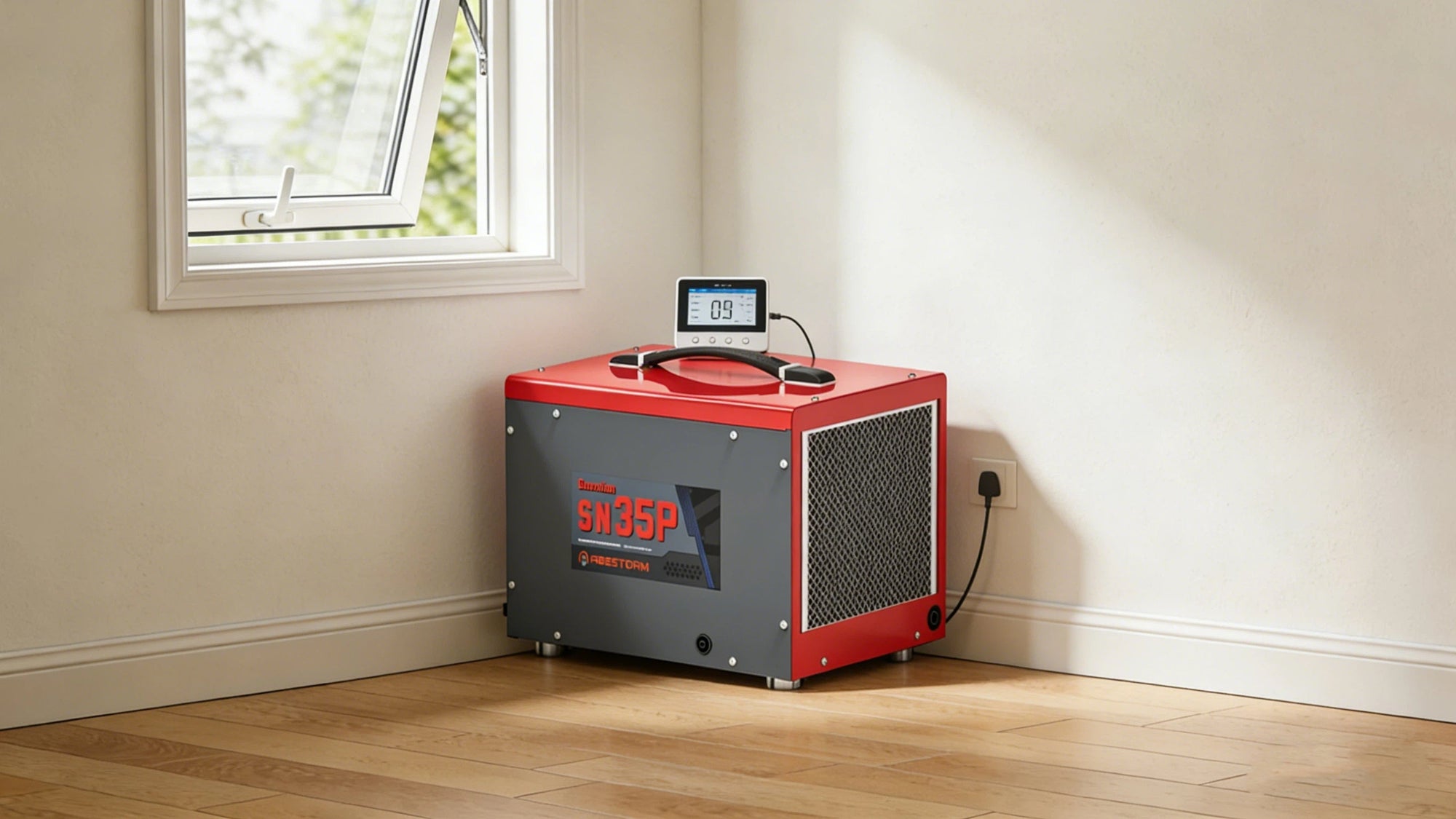
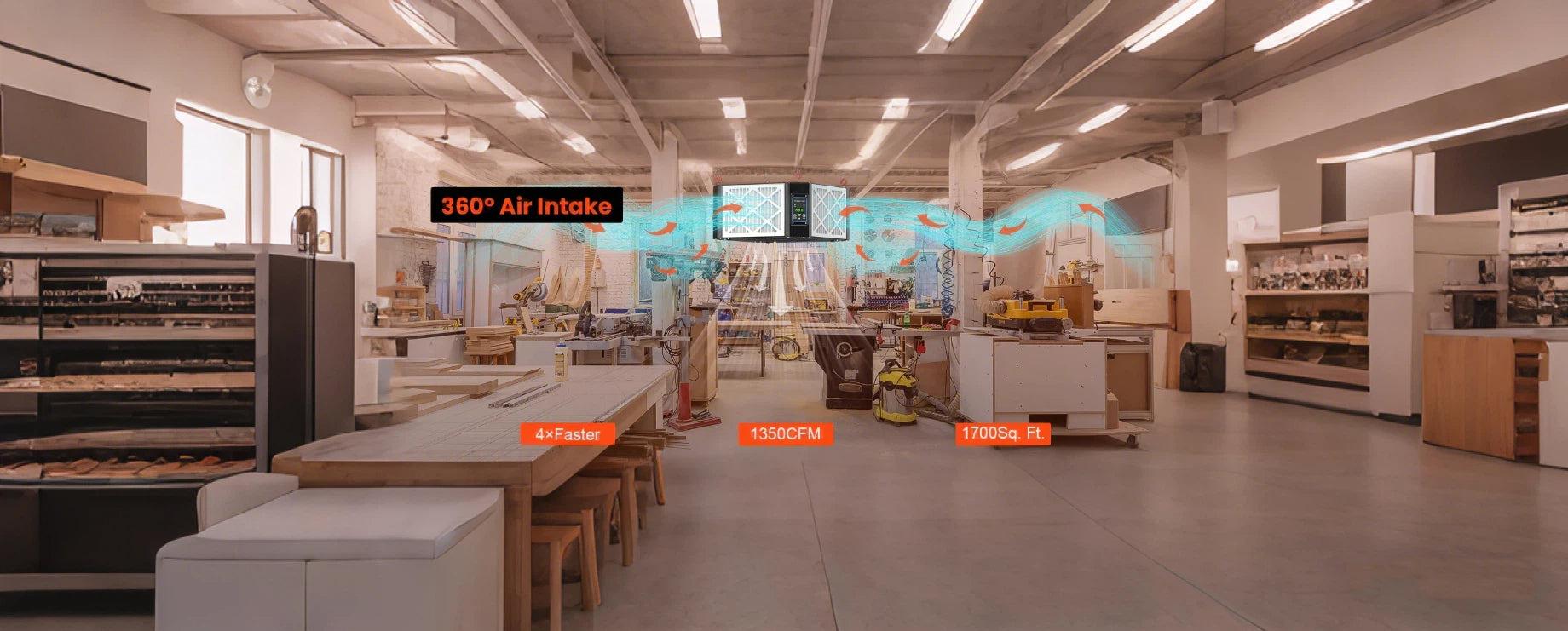
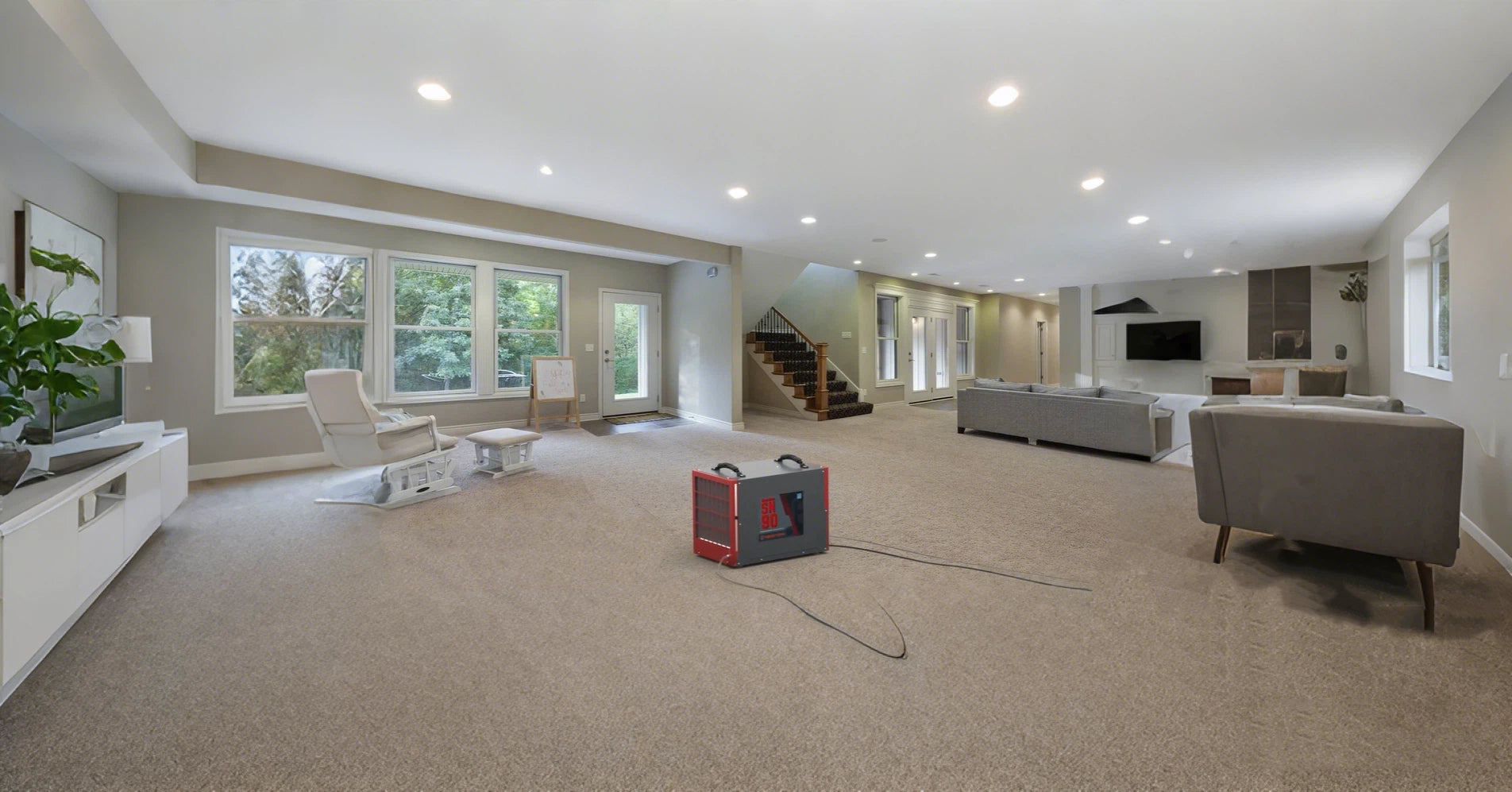

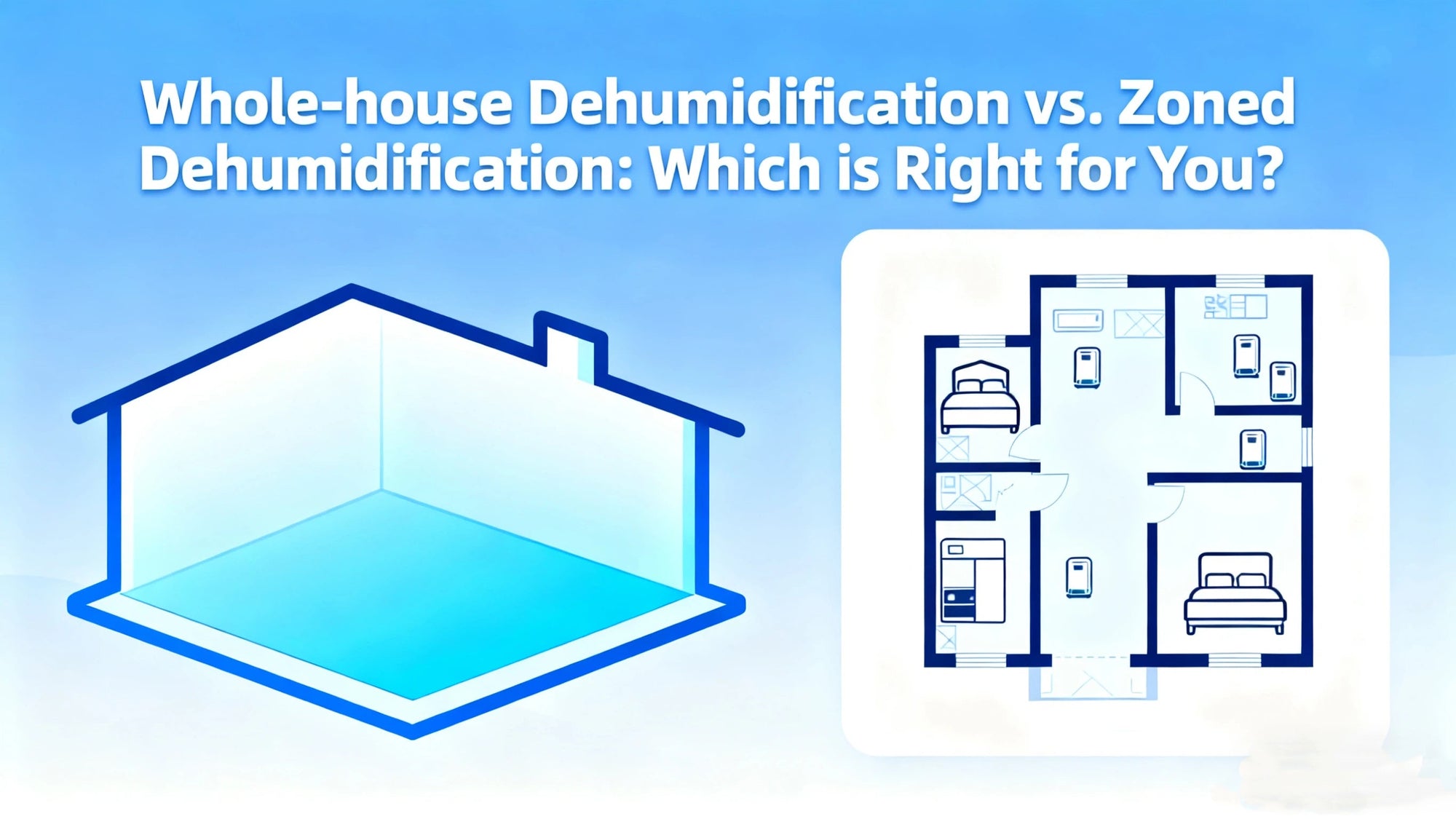
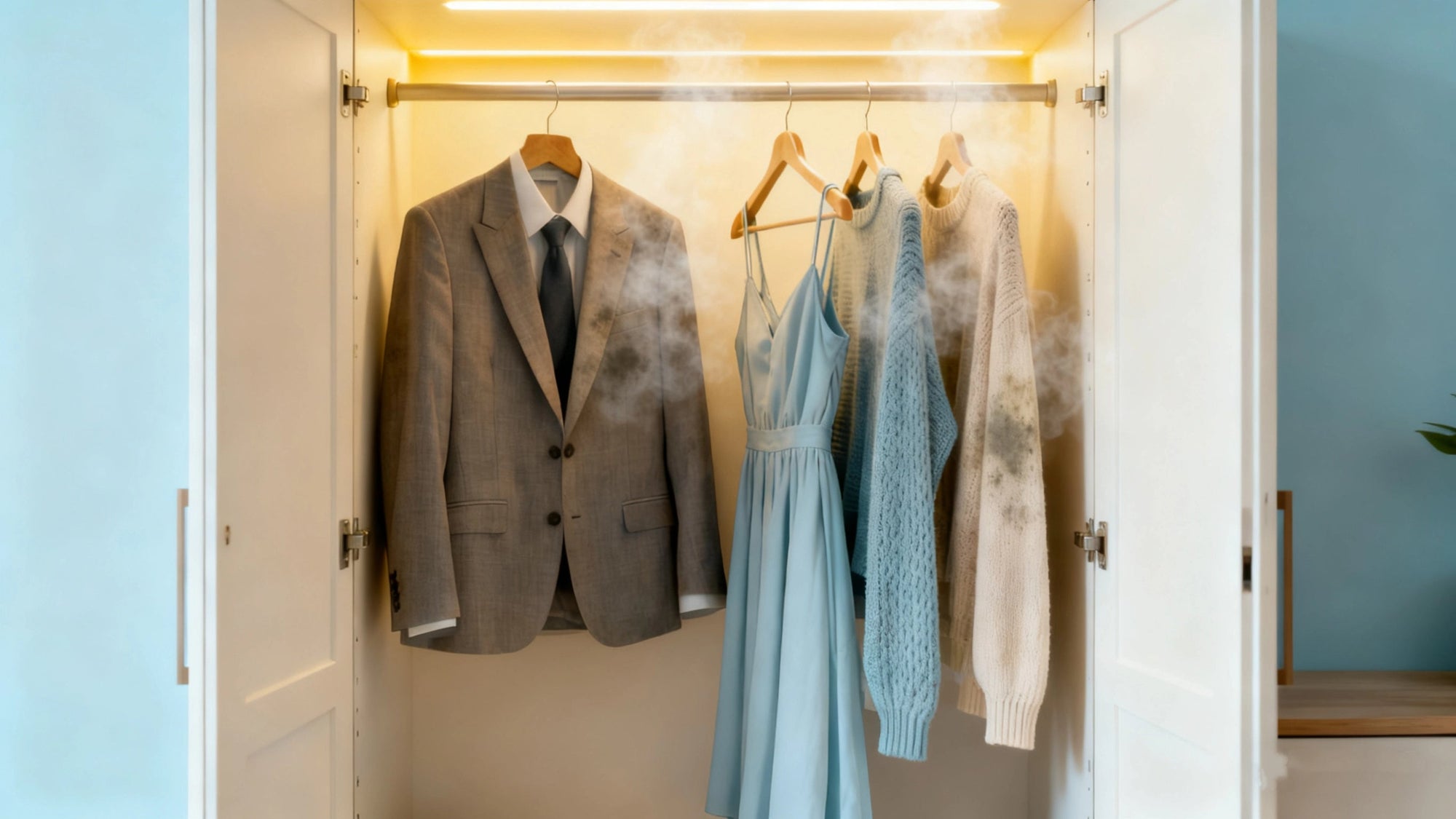
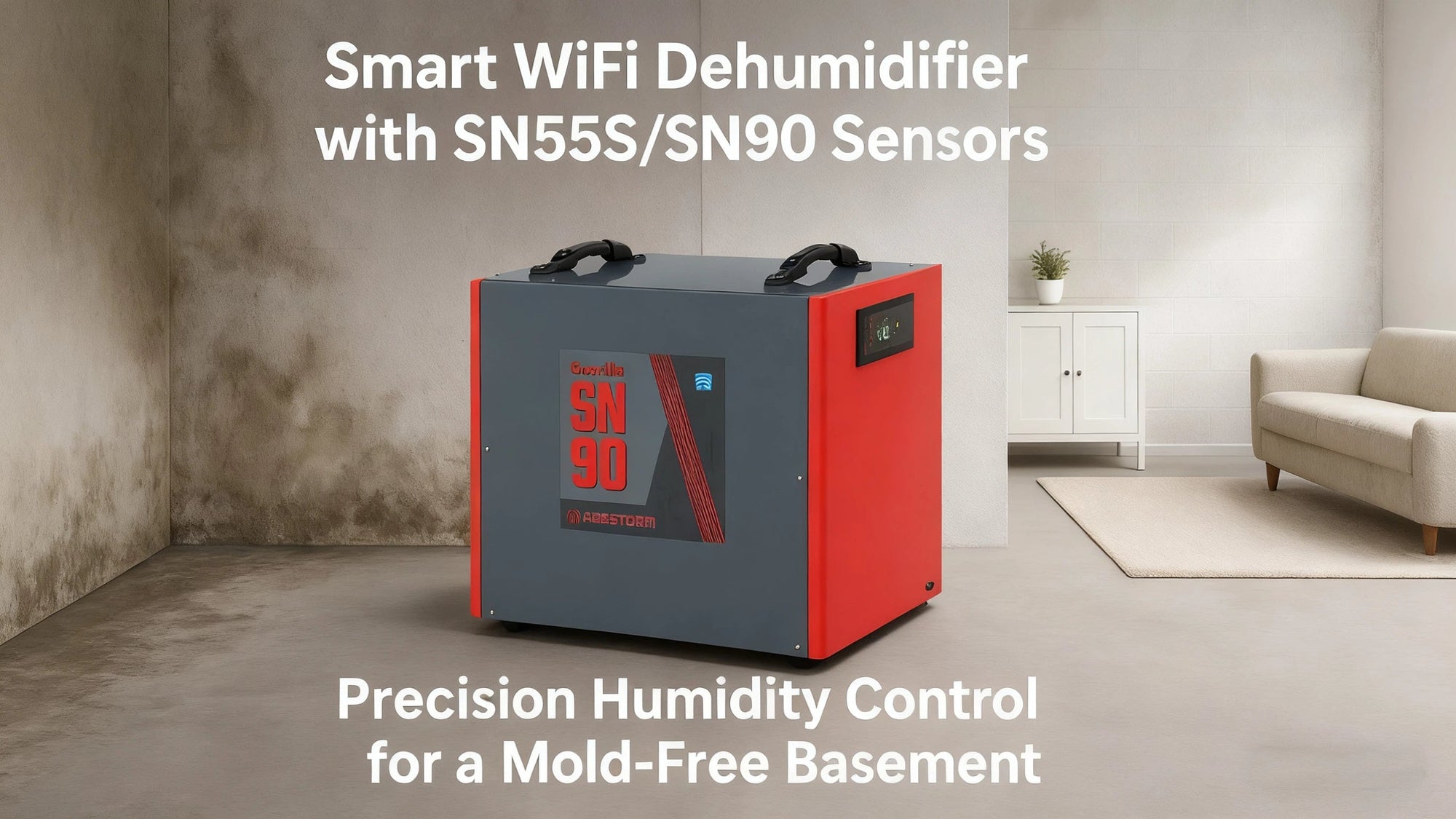
Shop For Dehumidifier
Abestorm 170 PPD 2,100 Sq.Ft Commercial Dehumidifier with Pump and Drain Hose | Hurricane 800
Abestorm 180 PPD 2,300 Sq.Ft Commercial Dehumidifier with Pump and Drain Hose | Hurricane LGR85
Abestorm 264 PPD 3,000 Sq.Ft Commercial Dehumidifier with Pump and Drain Hose | Hurricane 125P
Abestorm 180 PPD 2,300 Sq.Ft Commercial Dehumidifier with Pump and Drain Hose | Hurricane 850